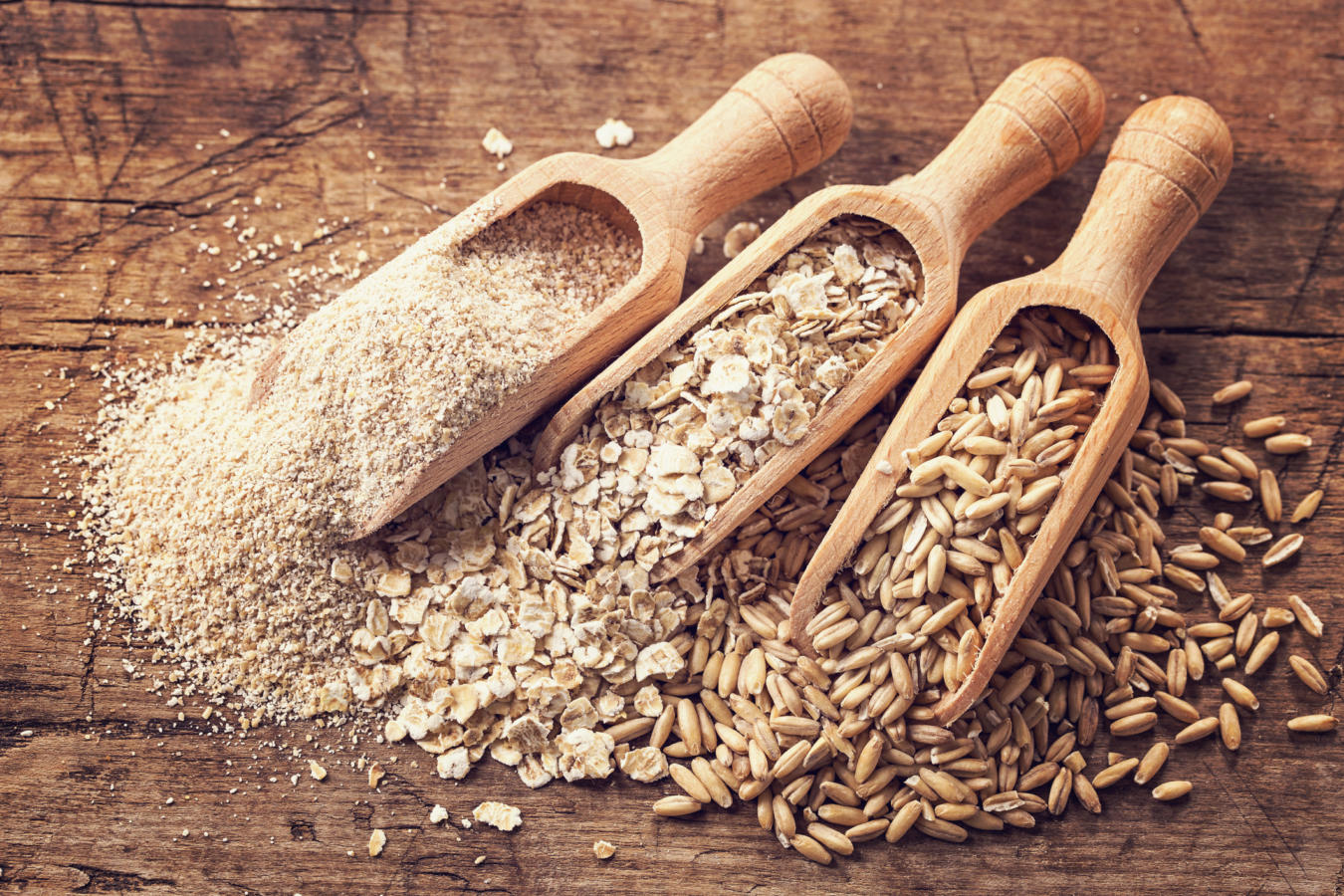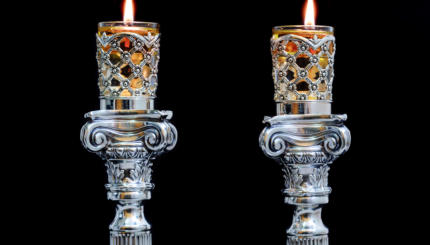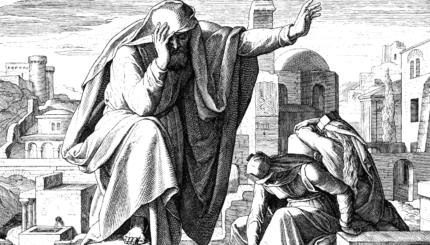The Bible prohibits the eating of leaven during the festival of Passover (Exodus 12:15-20). The Hebrew word “hametz”is translated as leavened bread and refers to food prepared from five species of grain–wheat, barley, oats, spelt, and rye–that has been allowed to leaven. To these, Ashkenazic authorities add rice, millet, corn, and legumes, collectively known as kitniyot. [It should be noted that the Conservative movement has declared that kitniyot may be consumed on Passover even by its Ashkenazic followers.]
Matzah (unleavened bread) is made from any of these aforementioned five species of grain. It is customary, however, to make matzah from wheat flour only, and it is essential that the wheat and flour be given no chance to leaven. Hence, the grain used for matzah must be kept perfectly dry.
The rule against leaven applies not only to its consumption but also to enjoying any benefit thereof and even to its possession. Therefore, before the arrival of Passover, all leaven must be removed from one’s premises. Nor should one have leaven in his legal possession. In a simple economy, not having any leaven in one’s legal possession was easily accomplished. If by chance a bit of leaven was left, it could be disposed of with relative ease. When the economy became more complex, a new solution had to be found — selling one’s hametz to a non-Jew for the duration of Passover.
Selling the Leaven
It has been suggested that there was a transition period when leaven was sold, but to a non-Jewish friend with the full knowledge that it was a temporary sale. When this process led to collusion, it was instituted that at least outwardly the sale take a legal form using a formal bill of sale called a “shetar mikheera.” Today, the sale is usually carried out through the agency of the rabbi, in order to ensure that the proper form is maintained.
READ: Ask the Expert: Can I Sell Hametz on My Own?
A “shetar harsha’ah,” an authorization, is drafted, which gives the rabbi power of attorney. Those persons who wish to sell their leaven sign their names under this agency appointment and authorize the rabbi to act on their behalf. The authorization empowers the rabbi to sell the leaven they own, and the place where it is stored, at terms that the rabbi sees fit. The rabbi keeps the authorization and sells the leaven to a non-Jew by means of a “shetar mikheera,” which contains all of the terms of the sale. At the conclusion of Passover, one buys it back. [In reality the leaven is often not removed from the premises.] While this transaction is not intended to be a real sale, nevertheless, since all the formal requirements of a legal sale have been met, it satisfies the requirement of the law forbidding the possession of leaven during Passover.
Bedikat Hametz: Searching for Leaven
The night before Passover, immediately after sundown, one begins the search for leaven (Code of Jewish Law, Orach Chayyim 431:1). The aim of the search is to be sure that no leaven has been left behind after the cleaning of the house.
The procedure includes these items: a candle; a feather, which acts as a broom; and a wooden spoon into which the pieces of bread will be scooped. First, a candle is lit, and the following benediction is recited:
Barukh atah adonai eloheinu melekh ha’olam asher kid’shanu b’mitzvotav v’’zivanu al be’ur chametz. Praised are You, Adonai our God, Sovereign of the Universe, who has made us holy by mitzvot [commandments] and instructed us concerning the burning of the hametz.
Since by this time the house has been thoroughly cleaned and the chances of finding any leaven are minimal, it has become customary to put a number of crumbs of bread in places where they can be easily found in order to prevent the recitation of a benediction in vain. The crumbs of bread that are found and the leaven left over from breakfast should be guarded lest a new search become necessary. After the search for leaven, one recites the following formula of annulment: “All leavened food and grain fermentation that are in my possession, that I have not seen or removed, shall be null and considered as the dust of the earth.”
Be’ur Hametz: Burning the Leaven
The following morning, usually sometime between 10 and 11 o’clock, the leaven is burned, and again the formula for the removal of hametz is recited, with a slight variation:
“Any leaven that may still be in the house, that I have or have not seen, that I have or have not removed, shall be as if it does not exist, and as the dust of the earth.”
Excerpted with permission from Every Person’s Guide to Passover (Jason Aronson, Inc).
Adonai
Pronounced: ah-doe-NYE, Origin: Hebrew, a name for God.
hametz
Pronounced: khah-METZ or KHUH-metz, Origin: Hebrew, bread or any food that has been leavened or contains a leavening agent. Hametz is prohibited on Passover.



